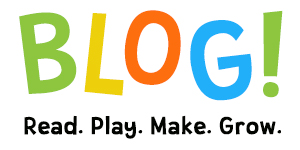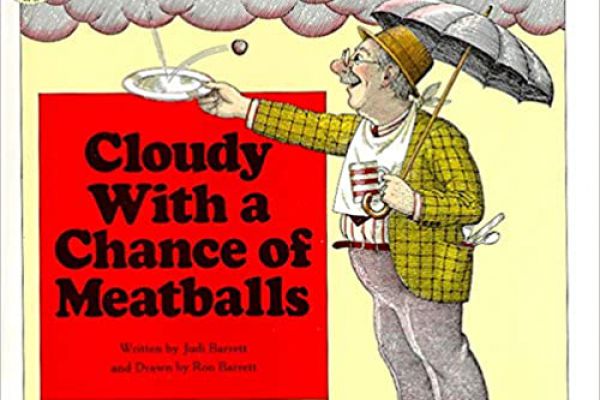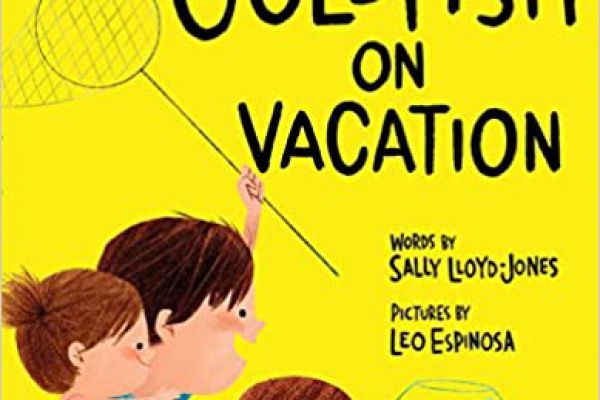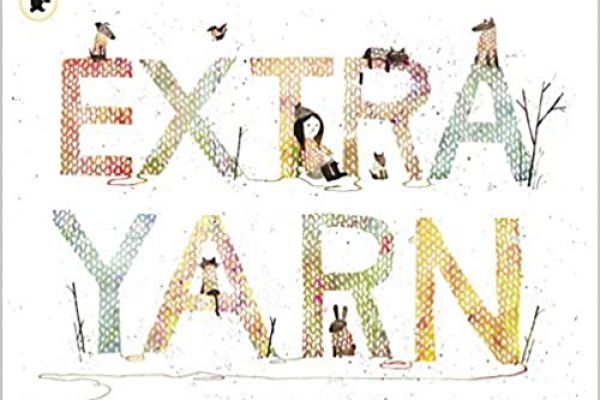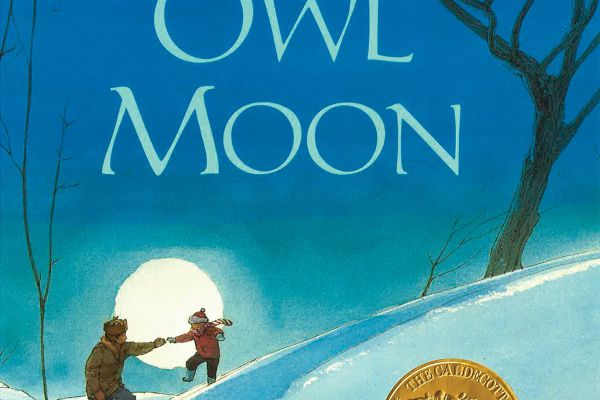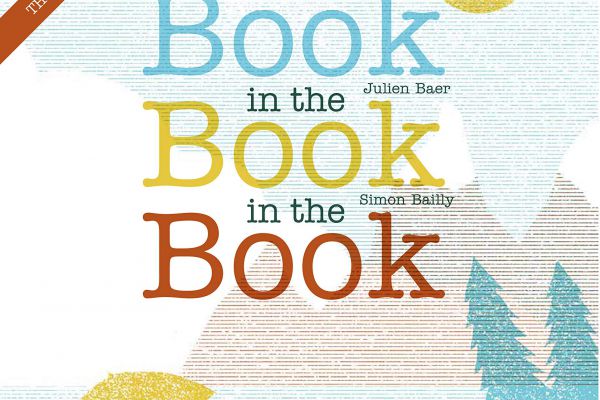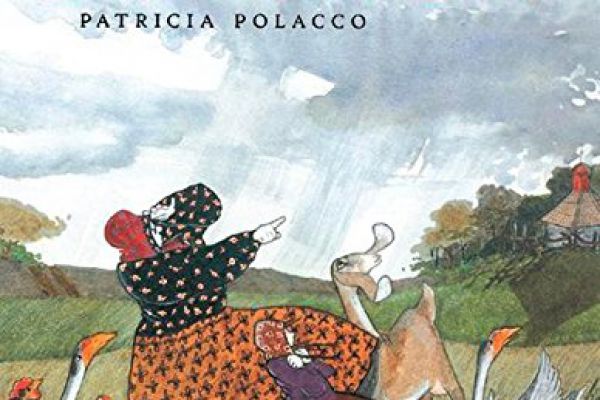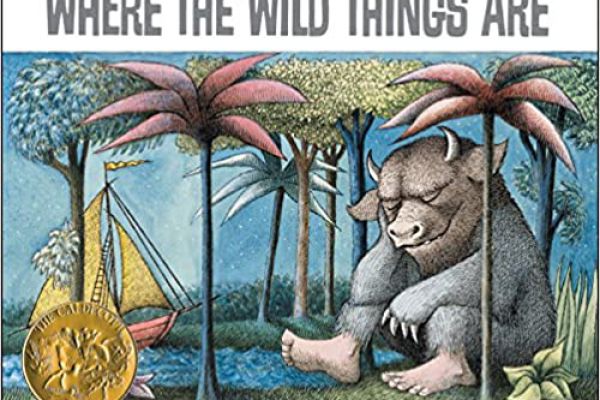What’s in a story? Story Elements
Setting:
A story's setting can be best described as the location, time, or time period of the story. It’s the where and when of a story. Some stories have a simpler setting, such as one place or location in which the story is set. As your reader progresses in their reading ability, storylines become more complex. Settings and the time period can occur in different locations throughout the story.
The setting of the story is powerful because it has a direct impact on what the characters experience in the story.
Questions to ask while reading with your child:
- What is the weather like? (Is it sunny, hot, snowing, etc.)
- Is it dark or light when the story takes place?
- What year or season is it?
- What does the environment look like? (forest, house, farm)
Here are some great books that showcase settings.
Activity: Setting Match Up
Read (or listen to) the following passages. Use context clues to identify the setting of each passage. Match the labels to the correct passage.
Extend and Explore:
Write your own setting for the two remaining word cards you didn’t use. Be descriptive and use details about the sights and sounds of your story. Then draw an illustration to fit the story/setting.
Activity: Calling All Artists
Goldfish on Vacation is a true story that occurred during the summers of 1992 to 2005. Read the story aloud to your young reader. Have your young reader think about where the story takes place. After listening to the story, have your reader draw a picture of the setting of the story while maybe even enjoying goldfish crackers.
Explore and Extend:
*After creating the illustration, use craft sticks to make a frame. You can also glue the illustration onto a deli tray.
*Play I-Spy -“I spy with my little eye…” using the last two pages of Goldfish on Vacation. This is an excellent activity for your young reader to practice describing, listening, and searching.
*Discuss the setting of the story and how the story might be different if it had taken place in a rural area or in the autumn. How would the story be different?
Activity: Compare & Contrast
After listening to Cloudy With a Chance of Meatballs, compare and contrast the town of Chewandswallow with your hometown.
Compare & Contrast
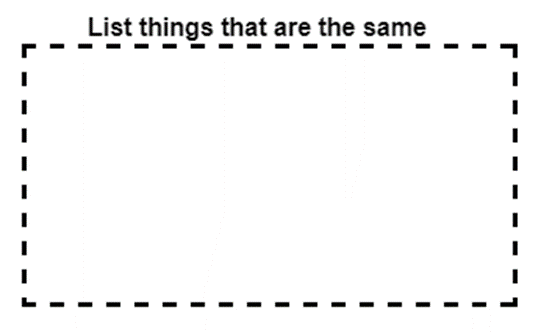
Extend and Explore:
Where would you rather live; in your town or in the town of Chewandswallow? What is your reason for your choice?
I would rather live in _______________because ___________________________________
Understanding the setting of a story is a key aspect to reading comprehension. The setting impacts the characters and the story's mood. It also helps to connect story elements, such as the characters, problems, solutions, and conclusions.
Have fun and explore, with your reader, other pictures books, or novels. Remember to apply some of the fun techniques and questions shown above or create your own!
Have fun and keep reading.
Be sure to check out our story kit in the Early Reader Kits, available in the YS Department.
 Youth Services Assistant Librarian Erin
Youth Services Assistant Librarian Erin
 Youth Services Assistant Librarian Karen
Youth Services Assistant Librarian Karen
2023 Summer Reading Secret Code: DISCOVER IDEAS

